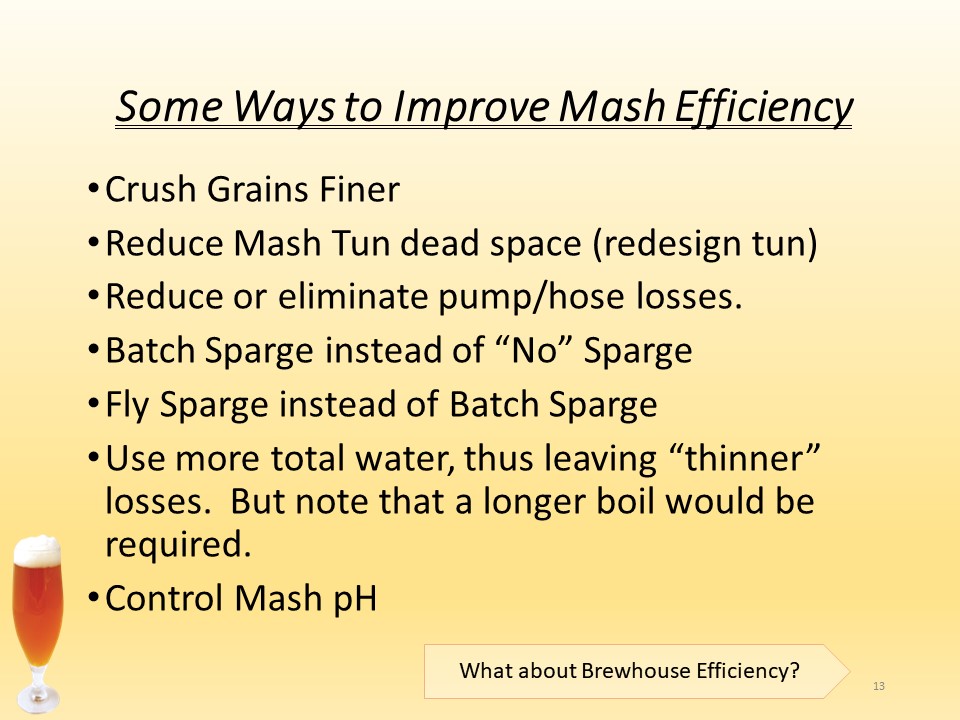I use a Brewzilla, which is a similar design, and I would imagine this would help me as well. My mash efficiencies have been running between 55-60% and I would like to see a bit more.....I think I will give this a try on the next brewday.....Thanks for the tip....
@Teufelhunde Don't try the above tip.
I was using a robobrew or a guten 70 ( can't remember which but they are same design as brewzilla) when I saw this tip suggested I think on one of the anvil specific threads again related to efficiency issues.
The robo/ brewz/ guten have a removable bottom plate, this means when you lift the malt pipe no problems, however when you dunk it back in the wort forces the bottom plate up, especially when you do this several times to mix everything as suggested.
When the bottom plate gets forced up it doesn't reseat and so grains then escape into the bottom of your kettle. Chaos.
The anvil has a fixed bottom plate I was told after my trial of this so this doesn't happen for the anvil.
Your options with the rob/brewz/guten are a couple to incorporate the dead space water in your mash.
If you have a sight glass ( guten has one built in) and enough space above your grain you can increase the wort recirculation until the wort level drops to the bottom plate level of the malt pipe. Hence " using" the dead space liquid temporarily. This takes a bit of research to find the mark on the sight glass and is best not done on a brew day. The guten 70 has 9 litres of dead space below the malt pipe. The robobrew and brewzilla 3 again have a few inches of wort height. I believe this is much less in the brewz 4 so more caution would be required with this approach on that unit.
Just do this cycle a few times during the mash, you obviously have to be very careful that you don't run the bottom of the kettle dry.
Option 2
I've now fitted a 3 way ball lock on the recirc up pipe near the bottom and taken the tap off the unit and fitted a whirlpool pipe on the inside. This means I can recirculate over the top and also via whirlpool during the mash. The whirlpool pipe is angled up between the malt pipe and the kettle wall so it mixes the wall gap dead space liquid. It also has helped enormously with better temp control because the wort is being mixed in the bottom of the vessel and helps to mitigate the flawed design of temp sensor on outer rim and away from the drain hole.
Secondarily if the recirc flow is a bit too much and not in balance as the level drops the top of the whirlpool flow breaks the dropping wort level and becomes noisier. This indicates I need to watch out and adjust the flow as it's a little too fast.





I do add the CFC in during the cooling phase and whirlpool at the same time then disconnect and chill straight into the fermenter. Sometimes add the hop rocket into the system if the brew needs it.
I don't brew with this on the worktop










